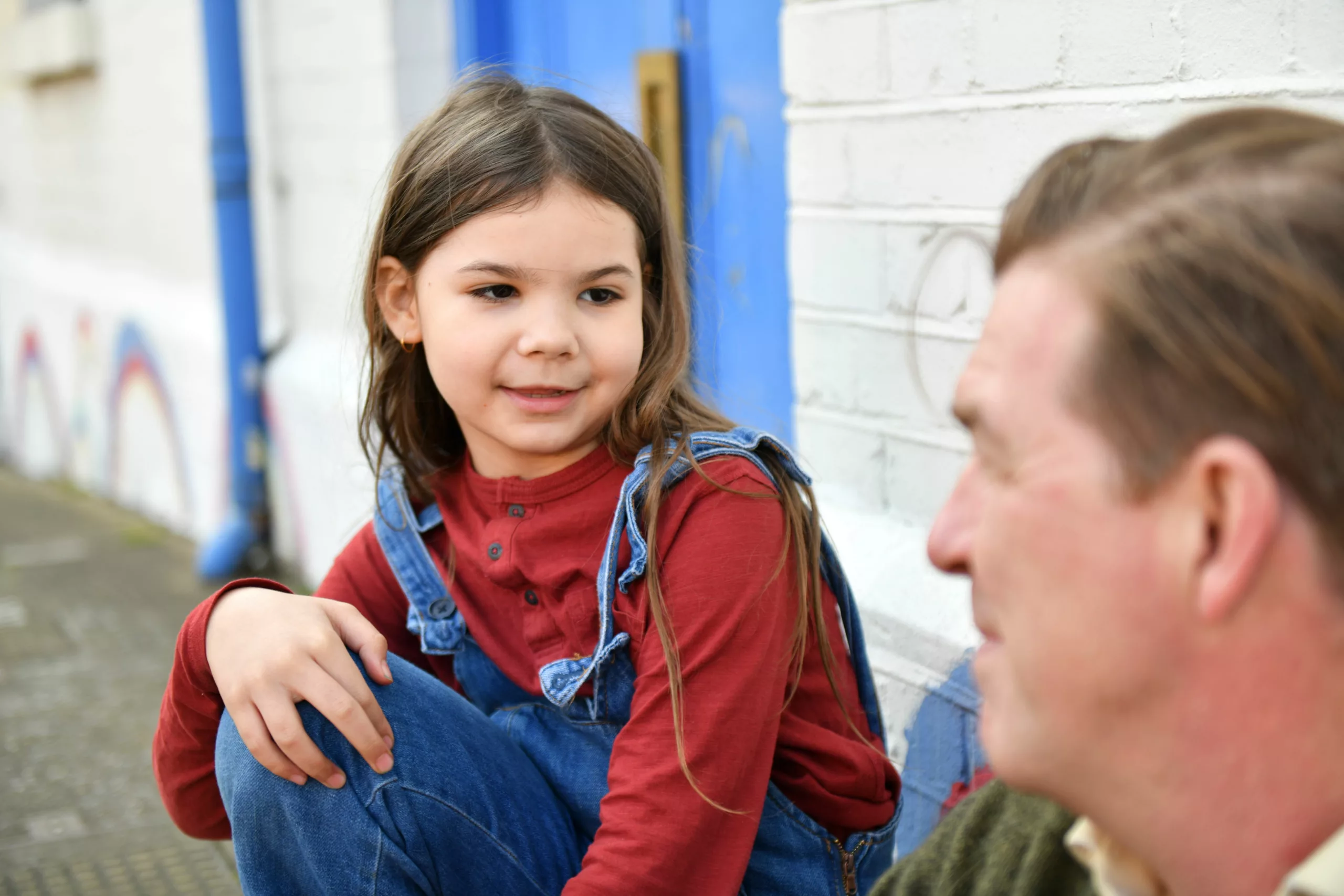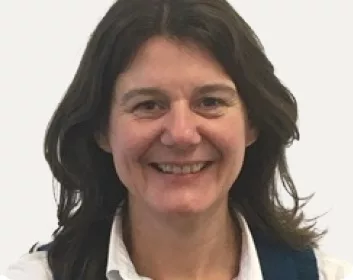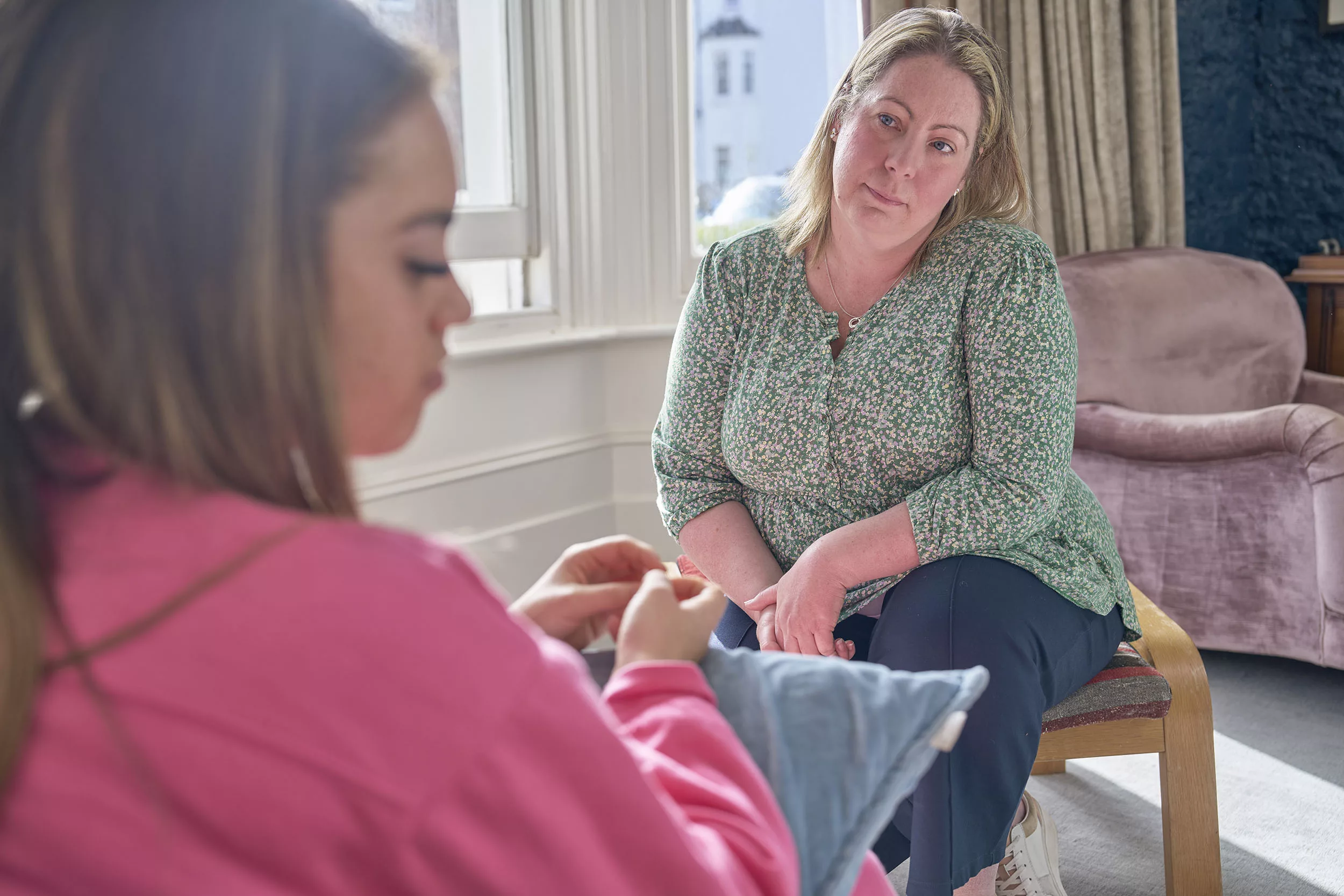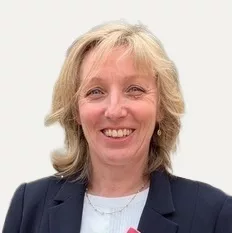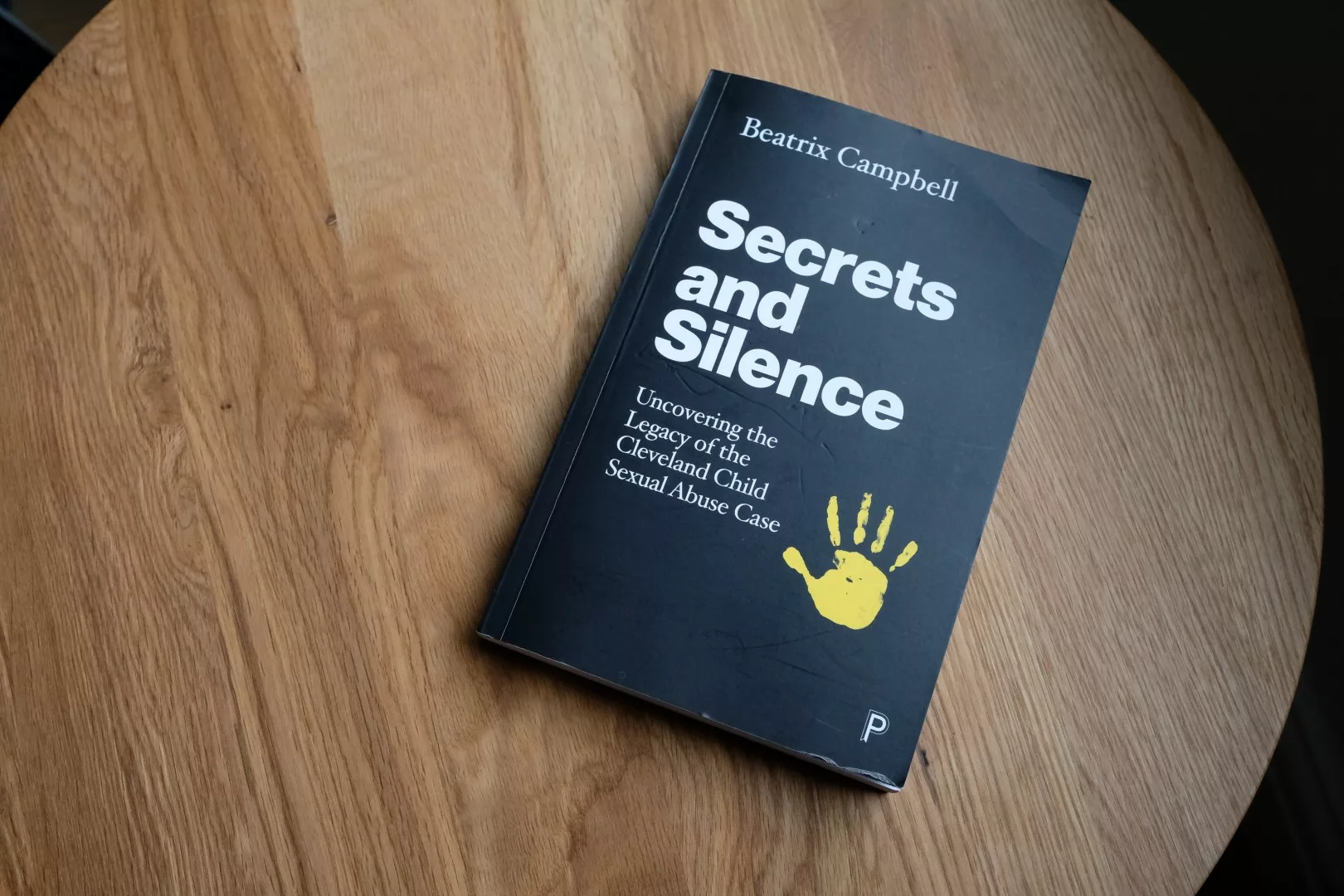Traditionally most child protection training for the children’s workforce has focussed on teaching participants about the ‘signs and symptoms’ of sexual abuse in children as a way to identify concerns. Whilst this approach does recognise a child verbally telling of sexual abuse is relatively unlikely, we know from research that the majority of children don’t tell anyone at the time.
There are so many challenges in knowing how to respond: a child who is being sexually abused may show no signs that they are being abused, or they may show many. Of course, we also know the signs they do show could also be indicative of something else that is happening in their lives. As a social worker I was always thinking ‘what if this child is being sexually harmed?’ ‘what do we need to do, to make this child safer?’ But being confident in concerns, away from a clear verbal report, is challenging. Luckily, it was then I had a ‘lightbulb’ moment. I was working in East Sussex Children’s Services and had been watching a presentation on the prevention of child sexual abuse, when a slide was put up that simply said:
Signs and indicators in children = abuse already taken place
Signs and indicators of abusive behaviour = prevents abuse taking place
It was one of those pieces of information that once I’d heard it, it just made absolute logical sense and I couldn’t believe that I had never thought of it before. Focussing on identifying signs and indicators of sexual abuse in children is, of course, absolutely key to intervening as quickly as possible to stop abuse that has already started – but focussing on the signs and indicators of sexually abusive behaviour in those who spend time with children gives us the opportunity of stopping the abuse before it happens.
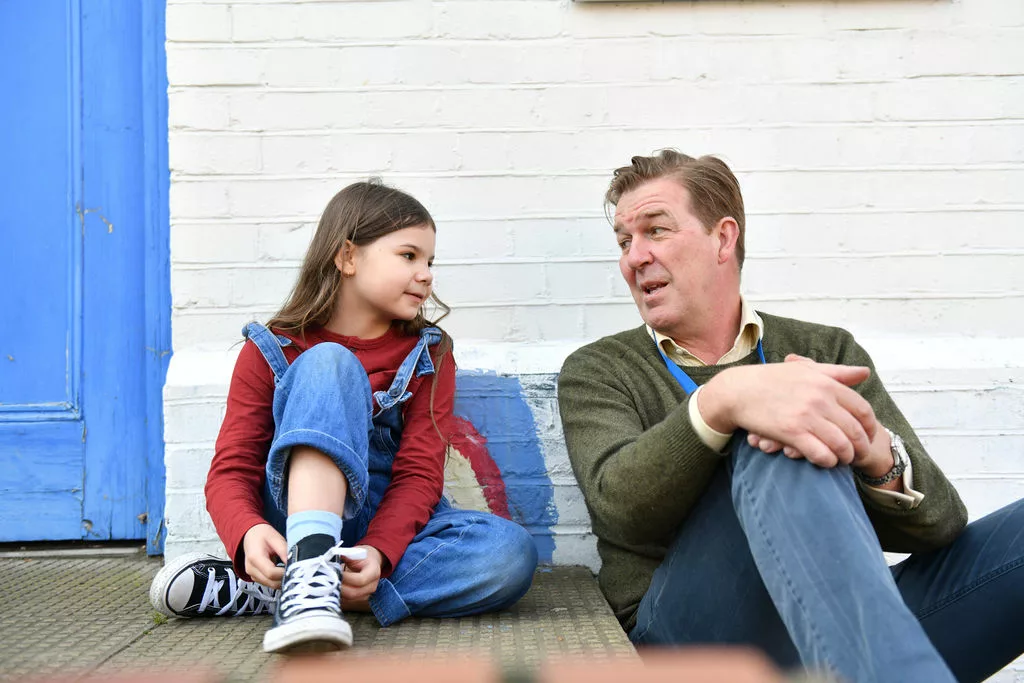
Those who work in sexual abuse prevention – including those who work with adults who abuse – recognise how vital it is that parents, partners and professionals learn to identify the signs of sexually abusive behaviour, both in young people and adults who may sexually harm others. Research and practice experience, as well as the testimonies of those with lived experience, highlight a number of typical behaviours and actions that take place as part of the sexual ‘grooming’ of children –by failing to apply this knowledge when we are worried about a child we reduce our capacity to build a picture of our concerns and take action to safeguard them.
Then, I attended a NOTA Conference where Richard Wortley and Stephen Smallbone presented on situational crime prevention… and the ‘lightbulb’ moment was compounded. They suggested that in order for a crime to be committed there needed to be not just a ‘victim’ and a ‘perpetrator’ but a ‘situation’ too. They shared research about there being certain times of the day when sexual abuse is more likely to take place – again, making absolute logical sense – such as during bath time or bedtime. Then certain places where it was more likely to take place – such as those that are hidden (e.g., behind a closed bedroom door, or ‘behind the bike shed’) and certain situations, such as when a protective parent or carer is absent, either emotionally or physically from the home.
Development of the template
And so the seed of what was to become the Signs and Indicators Template was sown! It started as a rough draft, just a basic Word document, with examples of the signs and indicators of each of the three possible sources of information – the child, the person who may be abusing the child and the child’s environment. Then within my practice development role at the CSA Centre, I started sharing this document with social workers and other professionals to help them build a picture of their own concerns when they were worried about a child… And, well, that has been over the last 10 or so years now!
Professionals kept saying to me just how helpful this had been, so we took on the challenge of formalising the document and rooting each consideration back to a clear evidence-base. We worked through the signs and indicators of child sexual abuse identified by various key organisations, including NSPCC, Stop it Now, the Royal College of Paediatrics and Child Health and many more. Thankfully, we found considerable commonality between the lists and guidance produced by these organisations. Of course, due to the methodological and ethical difficulties of research in this area, the evidence for the relevance of this set of signs and indicators came from a variety of sources. These included: ‘landmark’ research studies in the child sexual abuse field, recent overviews of research, victim and survivor testimonies and finally, clinical and professional practice with children and adults with lived experience over the last four decades. Then the template went through a lengthy review process with experts across the field of sexual abuse: in psychiatry, social work, criminal justice, education and health, and experts by experience (both young people and adults.) All of this feeding into what is now available as a self-completion Signs and Indicators Template with accompanying guidance designed for professionals by professionals.
Putting it into practice
Building a picture of our concerns in cases of suspected child sexual abuse is vitally important in our work, from my perspective, for three clear reasons:
- We know from our scale and nature work that far more children are experiencing sexual abuse than we are currently identifying or working with. We need to improve both our identification of, and response to, child sexual abuse
- Children are much more likely to show us rather than tell us that they are being abused. (See our blogs on the JTAI (2020) report and the challenges professionals have in having confidence in this)
- To make progress in our response to children about whom we are concerned, we need to consider as many sources of information as possible to help us identify abuse
It’s natural to worry about getting it wrong, but even though we might hope it isn’t sexual abuse, and it might be difficult and uncomfortable to explore, we need to ask ourselves not what if I’m wrong, but what if I am right? As professionals in the children’s workforce, it is our job to be alert to wider signs and indicators that something isn’t right for a child and explore all possibilities of what might be happening to them.
We hope that this template acts as a support for professionals; not only as an aid to build a picture of concerns, but also to identify the areas that need to be addressed moving forward.
Please do get in touch and tell us if you have used the template and how it has worked for you in practice.

